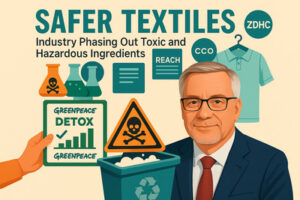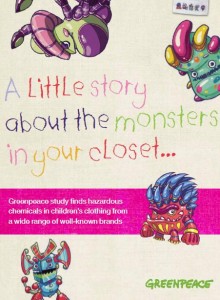Zero discharge programme in textile industry moving to version 2
The roadmap to zero discharge of hazardous chemicals (ZDHC) programme, which was inspired by the Greenpeace detox campaign, a project initiated by Greenpeace in 2011, is aimed at setting a new standard in environmental performance for the global apparel and footwear industry.
Members of the programme include famous apparel and fashion companies[i], namely adidas, C&A, H&M, Li Ning, Nike, Puma, founding members in November 2011, later joined by Esprit, Levi Strauss, G-Star, Jack Wolfskin, Inditex, Marks & Spencer, Coop, Valentino, Limited Brands (Victoria´s Secret and La Senza), Benetton and Uniqlo.
The ZDHC project team has now completed a draft joint roadmap, Version 2, which describes the group´s approach to the ZDHC programme over the coming years. At present, the project team is collecting feedback from stakeholders.
The new roadmap (version 2)[ii,iii] suggests six individual work streams:
To read the full article, please login. The full content of this article and all premium articles is available exclusively for site members.
Site membership is free. If you are an existing user, please login. New users may register below.


